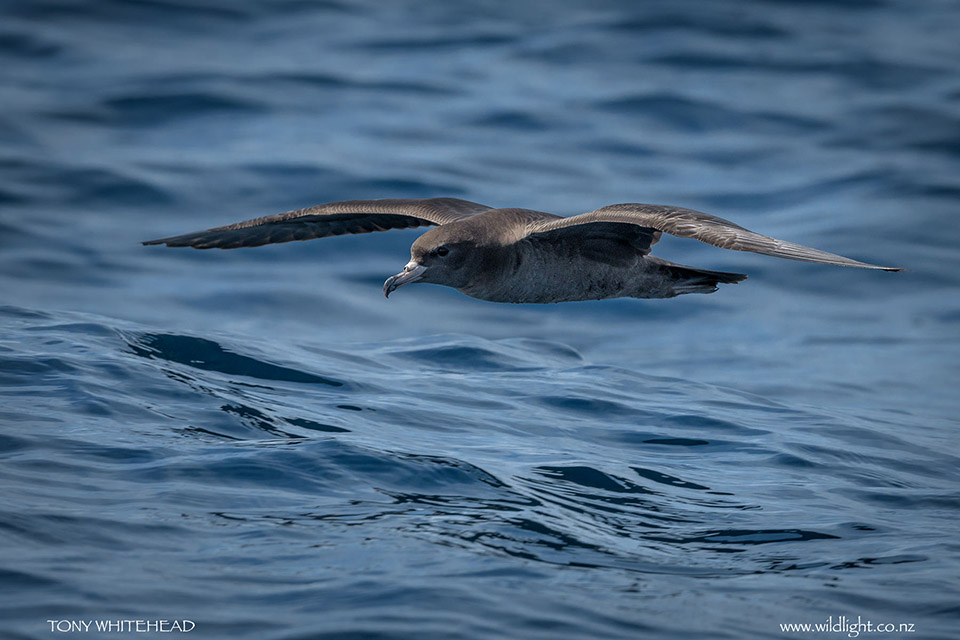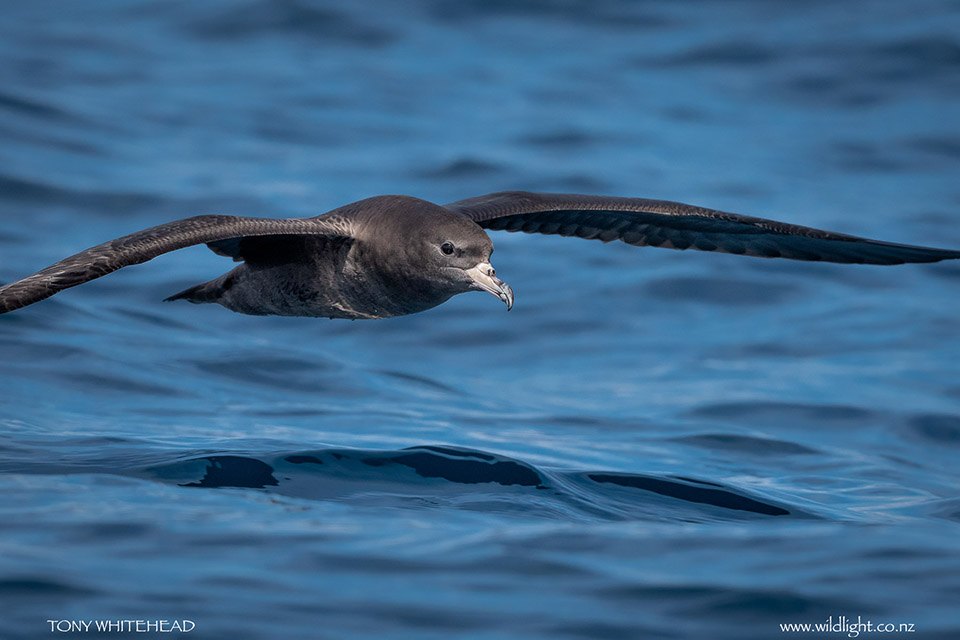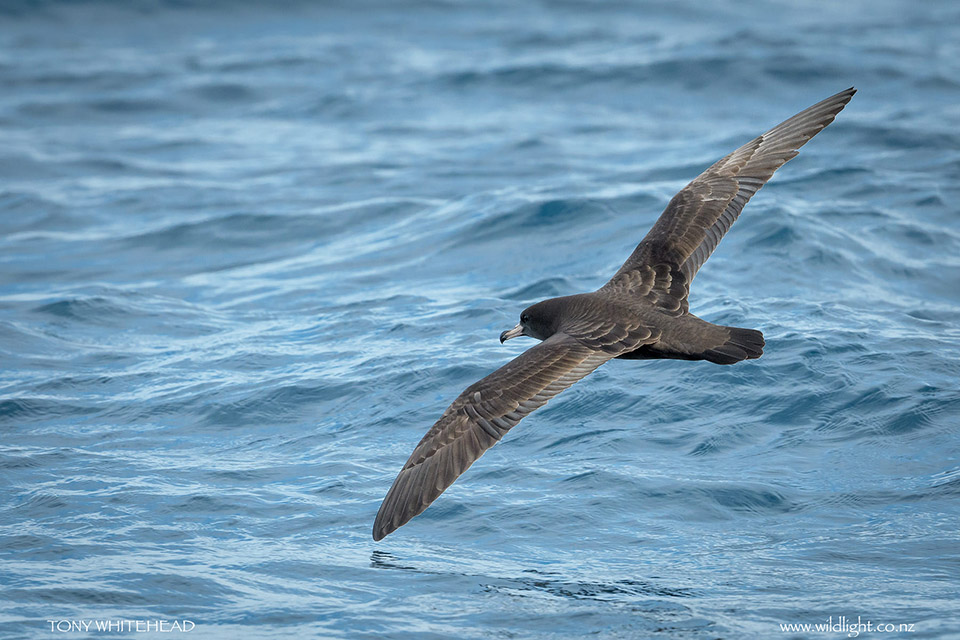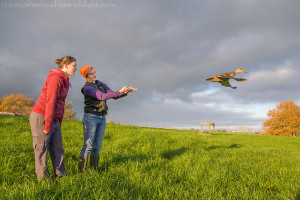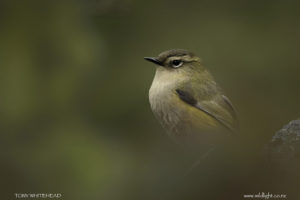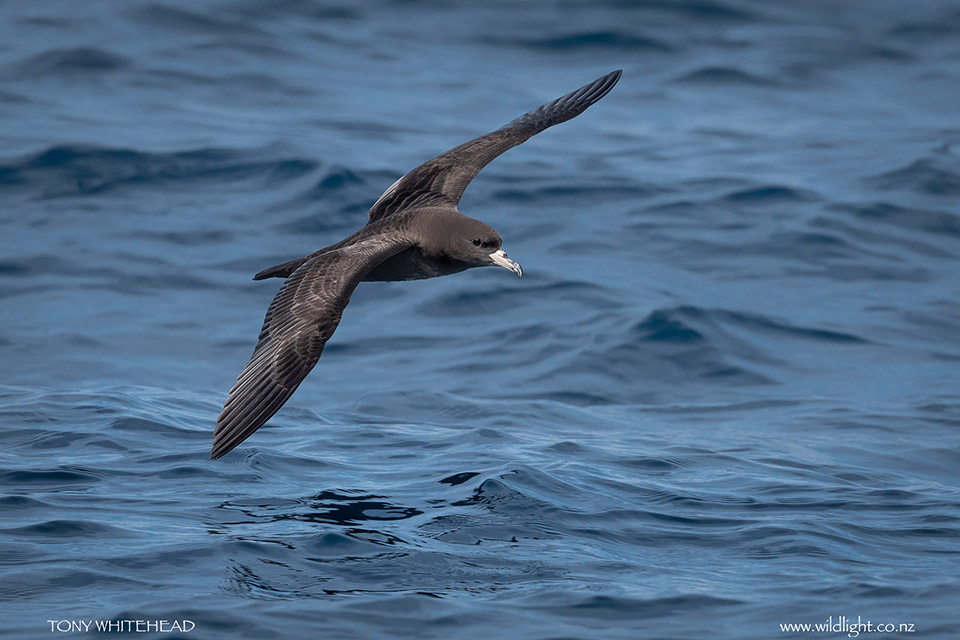
Flesh-footed Shearwater are a similar size to Buller’s Shearwater but more heavily built with uniform dark brown plumage and pinkish bill and feet from which their name derives. They breed on a number islands in northern New Zealand all of which are clear of introduced predators or have active trapping programs. Despite this they are under significant threat with numbers having reduced to the point that they are now considered nationally vulnerable. 1984 estimates of 50-100 000 breeding pairs became 25-50 000 pairs in 2000 and significantly fewer again in 2010. Current population reported on NZBirdsOnline is fewer than 12 000 pairs for the whole of New Zealand.
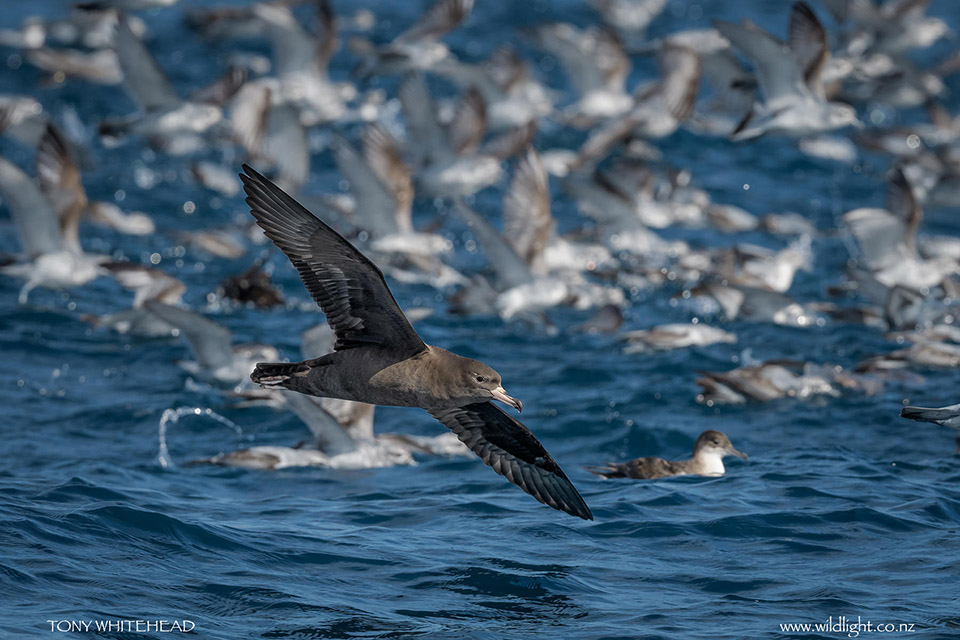
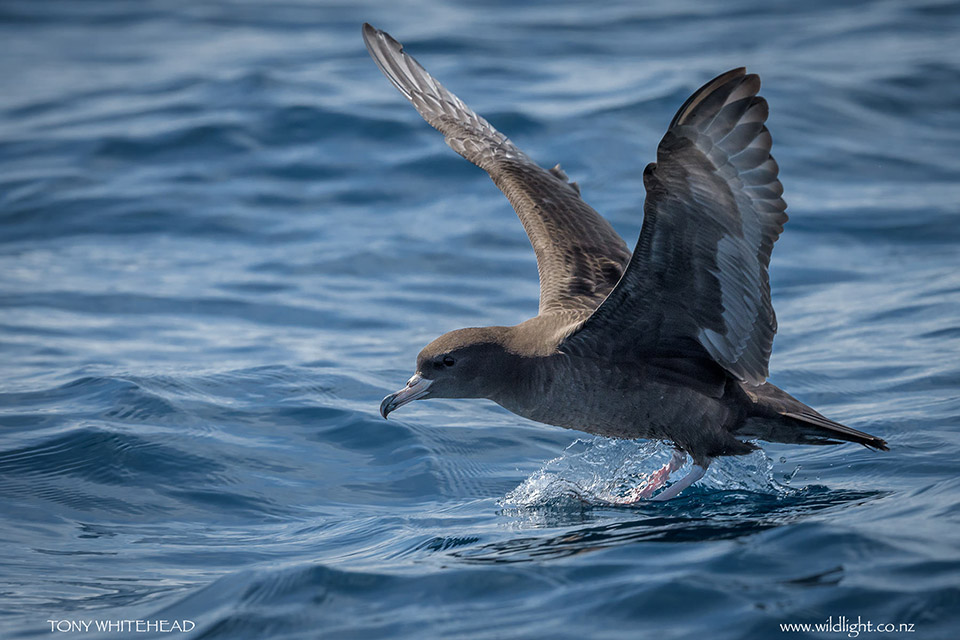
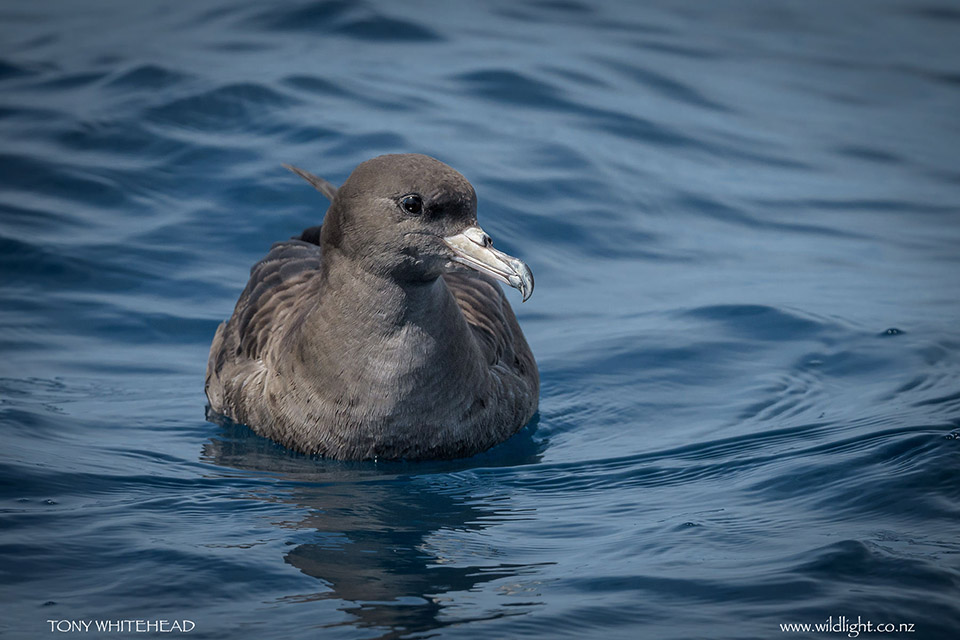
This highlights the need to identify all the potential threats to mitigate human impact. Introduced predator species is an obvious and significant factor for many species. For Flesh-footed Shearwater, their habit of associating with fisherman to target their baits and off casts is a significant risk. For the larger glamour species of procellariiforms such as albatross the impact of longline fisheries “bycatch” makes the news but for these smaller species it is just as much of a threat. A lot of work has gone into commercial longline operations to minimise risk by utilising bait weighting, streamer lines, timing of setting and more lately smart hooks that are only exposed at depth. Flesh-footed Shearwater unfortunately also tangle with recreational fishers, most of whom release them with minimal injury but some do intentionally persecute and injure them for stealing baits. When out fishing I have been impressed with how deep and quickly they can dive down after a baited line which can provoke less sympathetic fisherman to strike at them with their rods.
Flesh-footed Shearwater breed over the summer, laying a single egg in a long burrow during early to mid December. Incubation duration is unknown and nestlings fledge after about 3 months of parental diurnal foraging and nocturnal feeding visits to the nest. Appreciation of the time investment in creating a Flesh-footed Shearwater would hopefully temper the frustration of a fisherman annoyed at their skill at harvesting the dead fish he deposits into their habitat.
Photos with Nikon D500 and Nikon 500mm f5.6PF lens
